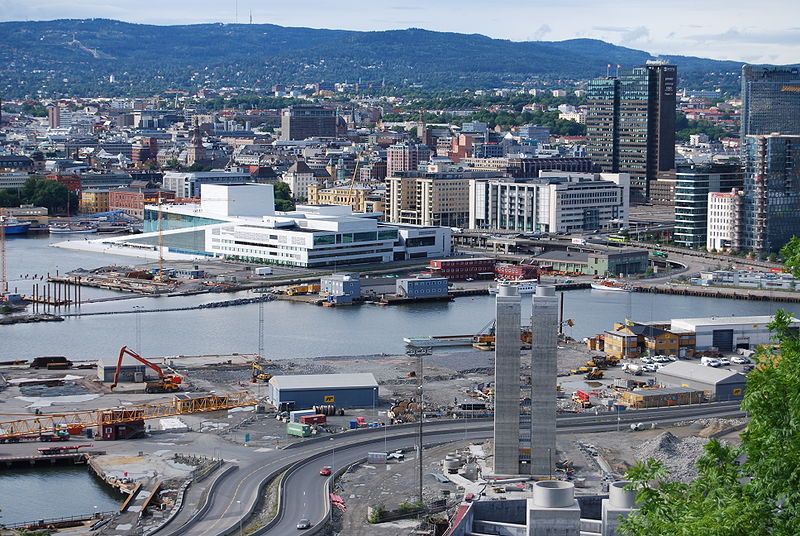
A senior advisor to the Norwegian Confederation of Trade Unions (LO) announced on Sunday that negotiations between private-sector workers and employers have
broken down, leading to a strike by almost 25,000 workers. The conflict is expected to escalate next week when an additional 16,000 workers are set to go on strike from April 21 if an agreement is not reached. Although the unions have said that the conflict could ultimately involve around 200,000 workers, it is not anticipated to impact Norway's production of oil and natural gas.
The reason for the strike is not yet clear, but it is the latest example of labor unrest in Norway. Earlier this year, thousands of public sector workers went on strike, and last year, around 50,000 workers were involved in a strike that lasted for over a week.
The strike could have significant economic consequences for Norway, as it could disrupt a range of industries, including transportation, manufacturing, and construction. It could also lead to a loss of productivity and revenue for businesses affected by the strike.
Despite the potential impact, the Norwegian government has so far refrained from intervening in the dispute, stating that it is a matter for the unions and employers to resolve. However, if the conflict escalates further and begins to impact Norway's economy, the government may be forced to take action.
In the meantime, both sides have expressed a willingness to continue negotiations in an effort to find a resolution to the conflict. However, with the strike set to escalate next week and potentially involve tens of thousands of workers, it remains to be seen whether a solution can be found quickly.
Overall, the strike by private-sector workers in Norway highlights the ongoing challenges facing workers and employers in a rapidly changing global economy. As businesses adapt to new technologies and economic pressures, workers are demanding better pay, benefits, and working conditions. At the same time, employers are seeking to remain competitive and maintain profitability. In this context, strikes and other forms of labor unrest are likely to become more common, posing challenges for governments, businesses, and workers alike. Photo by Wasielgallery, Wikimedia commons.



































